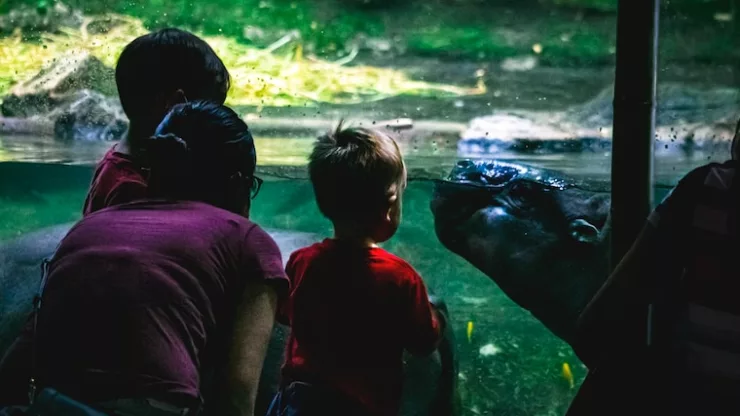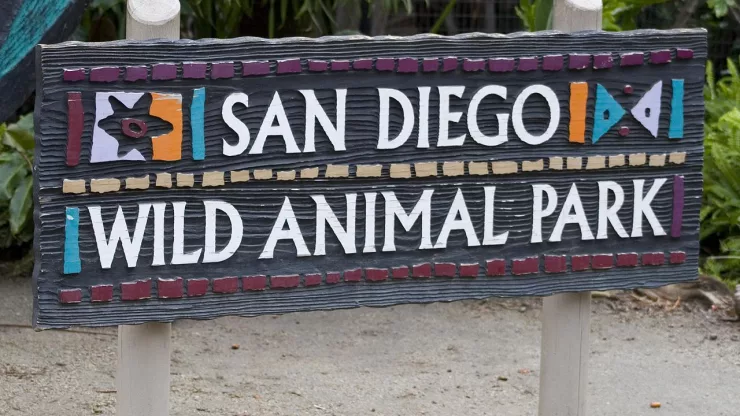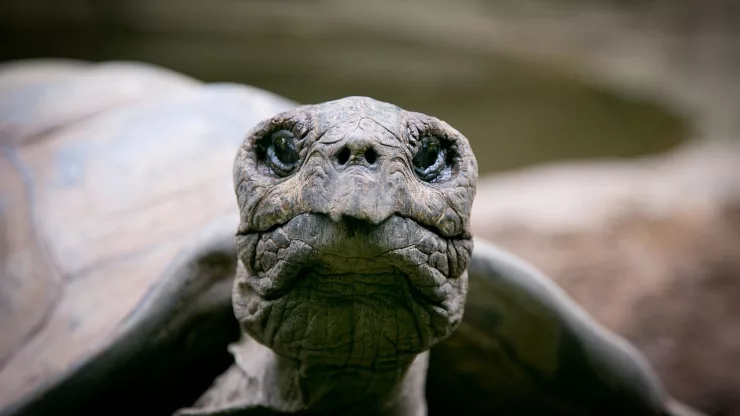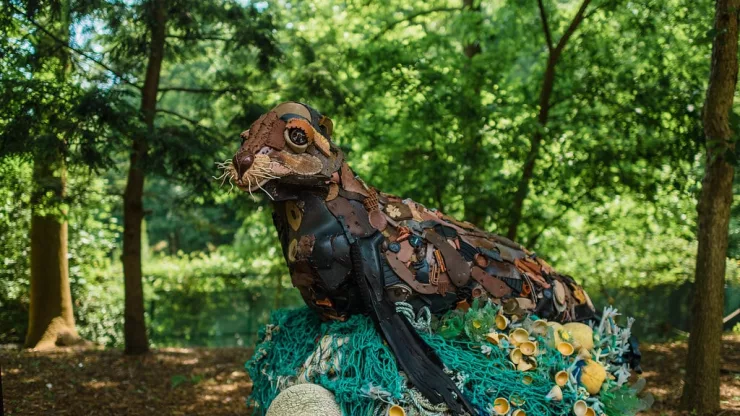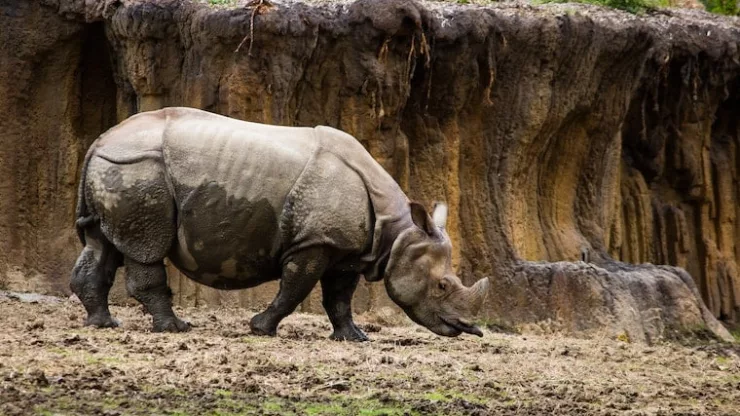Welcome to a comprehensive guide on the unique species that can be found at the renowned Singapore Zoo. In this in-depth article, we will take a closer look at some of the most fascinating animals that call this world-class zoo their home, and learn about their natural habitats, behavior, and conservation efforts.
Jump to Section
A Brief Introduction to Singapore Zoo
Opened in 1973, the Singapore Zoo is a prime destination for wildlife enthusiasts, boasting over 2,800 animals from more than 300 species.
The zoo’s innovative design promotes naturalistic habitats and a ‘cage-free’ environment, allowing visitors to get up-close and personal with some of the world’s most unique and endangered species.
The Rainforest Ecosystem
The Singapore Zoo is organized into distinct zones, with the Rainforest being one of the most popular.
This zone showcases a variety of unique species native to the rainforests of Southeast Asia, South America, and Africa.
Some highlights include:
Bornean Orangutans
The Bornean orangutan is a critically endangered species native to the island of Borneo.
Known for their intelligence and dexterity, these primates are a must-see for visitors to the Singapore Zoo.
Malayan Tapirs
Malayan tapirs are large, herbivorous mammals that inhabit the rainforests of Southeast Asia.
With their distinctive black-and-white markings and long, flexible snouts, they are easily recognizable and a favorite among zoo visitors.
The Fragile Forest
The Fragile Forest is a biodome that replicates a tropical rainforest, housing a diverse range of species that are dependent on this delicate ecosystem.
Some of the unique inhabitants of this zone include:
Flying Foxes
Flying foxes, also known as fruit bats, are the largest species of bats in the world.
With their impressive wingspan and keen sense of smell, these nocturnal mammals play a crucial role in the pollination and seed dispersal of fruiting plants.
Mouse Deer
The mouse deer, or chevrotain, is a small, timid creature that can be found in the dense undergrowth of the Fragile Forest.
Despite its name, it is not a true deer, but rather a separate family of ungulates.
The Australian Outback
The Australian Outback zone at the Singapore Zoo provides a unique opportunity to observe some of Australia’s most iconic species, such as:
Kangaroos and Wallabies
Kangaroos and wallabies are marsupials native to Australia, known for their powerful hind legs and distinctive hopping locomotion.
Visitors to this zone can observe these unique animals up close as they graze, rest, and interact with each other.
Koalas
Koalas are arboreal marsupials that feed almost exclusively on eucalyptus leaves.
These charming creatures are a favorite among visitors, who can watch them sleep, eat, and groom themselves in their carefully designed habitats.
Conservation Efforts at Singapore Zoo
The Singapore Zoo is dedicated to the conservation of wildlife and the preservation of their natural habitats.
Through their Wildlife Conservation Fund, they support various projects aimed at protecting endangered species and their ecosystems.
The zoo also participates in breeding programs for several critically endangered species, such as the Bornean orangutan and the Malayan tapir.
Educational Programs and Outreach
In addition to their conservation efforts, the Singapore Zoo offers a variety of educational programs and outreach initiatives aimed at raising awareness about wildlife and the importance of conservation.
Through interactive exhibits, guided tours, and special events, visitors are encouraged to learn about the unique species that inhabit the zoo and the challenges they face in the wild.
Keeper Talks
Keeper Talks are an engaging way for visitors to learn more about the animals at the Singapore Zoo.
These talks, led by experienced zookeepers, provide insight into the animals’ behavior, diets, and conservation status, while also offering a rare opportunity for visitors to ask questions and interact with the keepers.
Wildlife Reserves Singapore’s Conservation Initiatives
Wildlife Reserves Singapore (WRS) is the parent organization of Singapore Zoo and is responsible for managing the zoo’s conservation initiatives.
WRS also oversees the Night Safari, River Safari, and Jurong Bird Park, which together provide a comprehensive experience of the world’s diverse wildlife.
Species Recovery Programs
WRS is involved in numerous species recovery programs aimed at protecting and restoring populations of endangered animals.
These efforts include habitat restoration, wildlife monitoring, and research collaborations with international organizations.
By participating in these programs, the Singapore Zoo contributes to global conservation efforts and promotes awareness of the threats facing these unique species.
A Final Word on Singapore Zoo
The Singapore Zoo offers visitors a unique opportunity to encounter some of the world’s most fascinating and endangered species.
Through innovative exhibits, educational programs, and a strong commitment to conservation, the zoo strives to foster a deep appreciation for wildlife and the importance of protecting their natural habitats.
A visit to the Singapore Zoo is not only a memorable experience but also a valuable contribution to the ongoing efforts to preserve the planet’s rich biodiversity.
Frequently Asked Questions (FAQ) about Singapore Zoo
What are the operating hours of Singapore Zoo?
The Singapore Zoo is open daily from 8:30 AM to 6:00 PM. Last entry is at 5:00 PM.
How much does it cost to visit the Singapore Zoo?
Ticket prices for the Singapore Zoo vary based on age and residency. For the most up-to-date pricing information and available discounts, please visit the official Singapore Zoo website.
Are there any guided tours available at Singapore Zoo?
Yes, the Singapore Zoo offers a variety of guided tours that cater to different interests and age groups.
Tours include the Rainforest Walking Tour, Behind-the-Scenes Tour, and the Wild Discoverer Tour.
Some tours require advance booking, so be sure to check the Singapore Zoo website for more information.
Can I bring my own food and beverages to the Singapore Zoo?
Yes, you are allowed to bring your own food and non-alcoholic beverages to the Singapore Zoo.
There are also several dining options within the zoo, ranging from cafes and snack bars to full-service restaurants.
Is the Singapore Zoo accessible for people with disabilities?
The Singapore Zoo is designed to be accessible for all visitors, including those with disabilities. Wheelchair ramps, accessible restrooms, and designated parking spaces are available throughout the zoo.
Additionally, wheelchairs can be rented at the entrance on a first-come, first-served basis.
Can I interact with the animals at Singapore Zoo?
While most of the animals at the Singapore Zoo are housed in naturalistic habitats that promote a safe distance between visitors and the animals, there are some opportunities for interaction.
The zoo offers various animal feeding sessions, as well as the popular “Jungle Breakfast with Wildlife” experience, which allows visitors to enjoy breakfast in the company of orangutans and other animals.
Are there any special events or programs at the Singapore Zoo?
The Singapore Zoo hosts a variety of special events and programs throughout the year, including seasonal celebrations, animal enrichment activities, and conservation awareness initiatives.
Be sure to check the zoo’s official website or social media channels for information on upcoming events during your visit.
I’m a nature enthusiast and creator of Metro Wilds and have spent years exploring the great outdoors.
With a passion for environmental conservation and sustainability, I have dedicated my career to writing about the beauty and wonders of nature, as well as the threats facing our planet.
Contact me at [email protected] for assistance.

